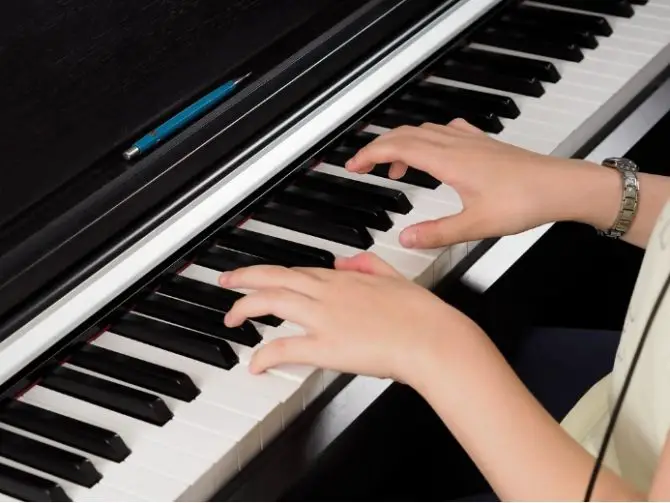
When looking for the best keyboard to buy, weighted keyboards are generally at the top of most people’s recommendation lists. As the name implies, a weighted keyboard consists of weighted keys that play a crucial role in the overall performance and sound of the instrument.
Weighted keyboards are similar to traditional pianos, so getting used to this type of keyboard is not difficult, and the transition is easy to make. They are great for beginners as they help the player develop the necessary finger strength and flexibility.
Table of Contents
- Decide on the Type of Weighted Keyboard You Want
- What Is the Difference Between Semi-Weighted and Fully-Weighted Keyboards?
- What Should I look for When Buying a Weighted Keyboard for a Beginner?
They not only help them learn the varying dynamics but also how to control them while playing the piano. These factors, indeed, help pianists become better musicians with a great musical ear in no time.
If you are on the lookout for the best-weighted keyboard, this article will serve as the perfect guide to help you choose a weighted keyboard for your piano practice.
Decide on the Type of Weighted Keyboard You Want
Weighted keyboards can be divided into three major categories – semi-weighted, graded weighting, and hammer action keys. Before you consider investing in a weighted keyboard, it is crucial to decide which type will best serve your music needs and requirements.
If you are a beginner, we won’t recommend semi-weighted keyboards for your piano practice. The keys are quite resistant, which may hinder your progress as a pianist.
Being a novice musician, your goal is to get into the rhythm of playing the instrument with as much ease and comfort as possible. To replicate the feel of a real piano, stick to a fully-weighted keyboard, a hammer-action keyboard, or a graded action keyboard.
Hammer action keyboards offer a mechanism that replicates the hammer action of a traditional piano. As you press the keys, you will feel resistance that is similar to the resistance produced by a real piano hammer.
The graded hammer action simply called graded weighting or graded action is a standard feature on stage keyboards, acoustic keyboards, and digital keyboards. On acoustic pianos, they offer more resistance in the lower range and less resistance in the upper range. Digital keyboards with graded weighting have keys individually weighted that add to their playability.
In many instances, digital pianos with graded weighting emulate the feel and weight of wood or ivory rather than plastic.
Apart from these options, a common keyboard has unweighted keys, which, as the name suggests, means that it doesn’t have weighted action. These keyboards do not come with weights within their keybeds. However, they still produce responsive sounds.
What Is the Difference Between Semi-Weighted and Fully-Weighted Keyboards?
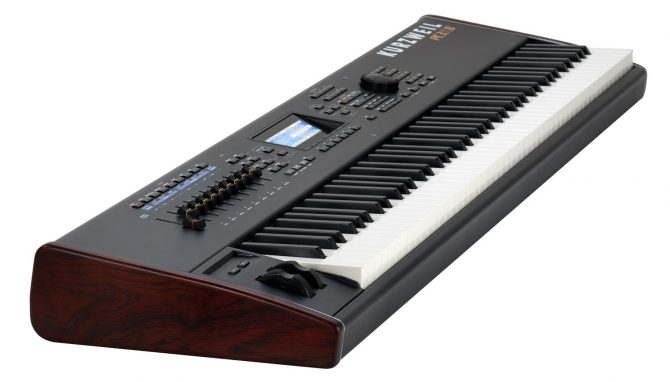
Different keyboards have different weighted actions; for example, semi-weighted keyboards have semi-weighted keys, hammer action keyboards have hammer action keys, weighted keyboards have weighted keys, and so on and so forth.
Many people mistake weighted keyboards to be same as semi-weighted keyboards since they produce somewhat similar sounds. However, they are quite different from each other. The primary difference between the two is in the resistance of their keys.
Semi-weighted keys come with a spring mechanism along with weights that are connected to each individual key. So a pianist is able to press down on the keys effortlessly. That said, when the keys rise back up, they feel quite sluggish. For this reason, various pianistic techniques like a glissando may not be easy to implement.
On the other hand, fully-weighted keys have more resistance because all the keys are equally weighted. Unlike semi-weighted keys, they spring back with a much stronger force that isn’t unpleasant to the ear.
Weighted keyboards are often chosen over semi-weighted keyboards because of their ability to offer a real piano feel. Plus, as stated above, they provide more endurance and strength than semi-weighted keyboards while playing the piano.
What Should I look for When Buying a Weighted Keyboard for a Beginner?
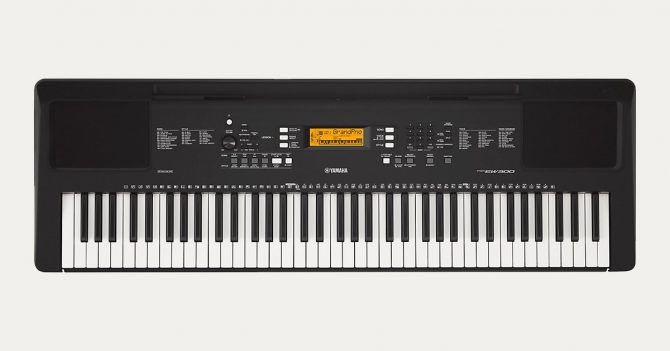
Both weighted and non-weighted keyboards are great for beginners, as they can be a remarkable instrument in helping them produce varied forms of music.
When looking for your first weighted keyboard, here are the two most important things to consider before you take the plunge.
1. The Number of Keys
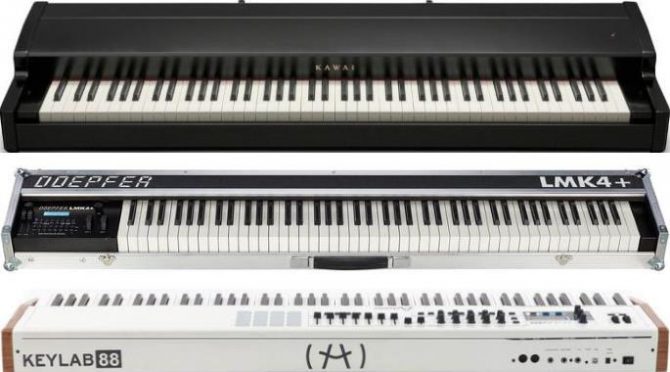
Generally, keyboards come with 66, 72, or 88 keys. Beginners that may be interested in playing the classical piano must consider a keyboard with 88 keys, especially if they plan to play a traditional piano one day. For this purpose, a digital piano with 88 weighted keys will be a perfect choice.
Usually, beginners are often advised to start with a 66-key instrument and go on to use a 72-key instrument further down the line. Synthesizers are a popular keyboard type that has 66 keys. These instruments are built with unweighted keys, which are light and easy to use.
2. The Keyboard Brand
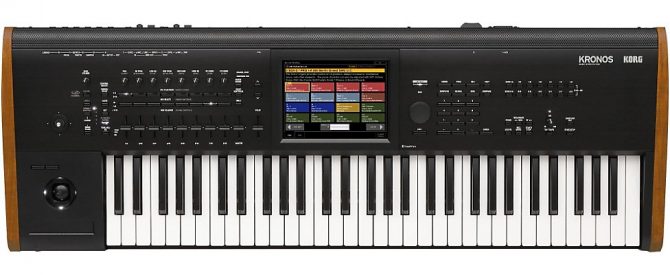
The keyboard brand you consider will depend on several factors. If you have no desire to become a serious musician and only want to experiment with the instrument, you will probably look for a keyboard that is available at a reasonable price. The cheapest keyboard brands usually have small keys that do not produce a high-quality sound and are prone to break easily.
Some of the best-weighted keyboard brands that happen to be affordable are Yamaha, Kurzweil, and Roland. They offer numerous key ranges, built-in speakers, and many sound options.
Advanced pianists can consider weighted keyboard brands like Korg or Williams Keyboards. Any advanced student or trained pianist looking for a full-sized digital piano with weighted keys can’t go wrong with Williams Keyboards.
You can get brand new as well as used weighted keyboards easily. While making the choice, keep their advantages and disadvantages in perspective. With a second-hand keyboard, you may get the instrument at a lower price, but it may lack the features that you can get in a brand new keyboard, or there’s even a chance that certain features might not perform to their best.
All in all, your purpose of having the piano will ultimately set your preference for either a used weighted keyboard or a new one.
How to Improvise on a Piano: Different Approaches & How to Do It
How to Play Keyboard (2021): 7 Keyboard Lessons for Beginners + 50 Best Beginner Piano Songs
Best Beginner Piano Books: 15 Top Piano Books for Children & Adults
38 Best Piano Keyboards Ranked (2021): The Only Buying Guide You Need
Learning Piano as an Adult: Benefits & Tips for Speeding Up Learning
